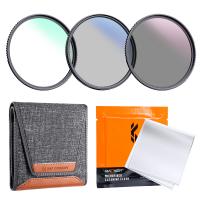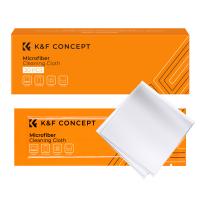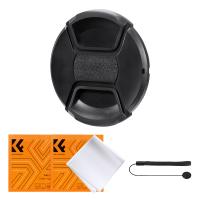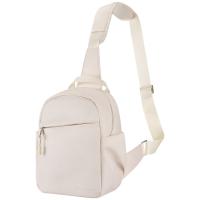Shot Lag Trail Camera
Buy 3 Get 18% OFF
Buy 5 Get 20% OFF
Buy 3 Get 18% OFF
Buy 5 Get 20% OFF
- * KF35.133 =KF35.127S1=KF35.127V1+KF28.0011*2+KF42.0013 Instantaneous Shooting: No shot lag for capturing fast-moving objects:The shot lag trail camera is designed to capture fast-moving objects without any delay. This means that you can capture the perfect shot without missing any action.
- * Versatile Use: Unlimited area of use for capturing wildlife:The trail camera can be used in any area, making it perfect for capturing wildlife in their natural habitat. Whether you're in the forest or the desert, this camera will capture the perfect shot.
- * Easy Attachment: Strap and tree nail bracket for easy installation:The camera comes with a strap and tree nail bracket, making it easy to install in any location. This means that you can set up the camera quickly and start capturing images right away.
- * Moon Image Watermarking: Supports moon image watermarking for added security:The camera supports moon image watermarking, which adds an extra layer of security to your images. This feature ensures that your images are authentic and cannot be tampered with.
- * Convenient Display: 2.0" IPS LCD display for easy viewing:The camera comes with a 2.0" IPS LCD display, which makes it easy to view your images and videos. This means that you can quickly review your footage and make any necessary adjustments.
Buy 3 Get 18% OFF
Buy 5 Get 20% OFF
A shot lag in a trail camera refers to the delay between when the camera detects motion and when it actually takes a photo. This delay can vary depending on the camera model and settings, and can range from fractions of a second to several seconds. A shorter shot lag is generally preferred for capturing fast-moving animals or objects, while a longer shot lag may be acceptable for slower-moving subjects.
Trail cameras are commonly used for wildlife monitoring, hunting, and security purposes. They are designed to capture photos or videos of animals or people that pass by the camera's motion sensor. The trail camera's lag time can impact the quality of the images captured, so it is important to choose a camera with a shot lag that meets your needs. Some trail cameras also have features like burst mode or time-lapse mode that can help capture more images in a shorter amount of time.
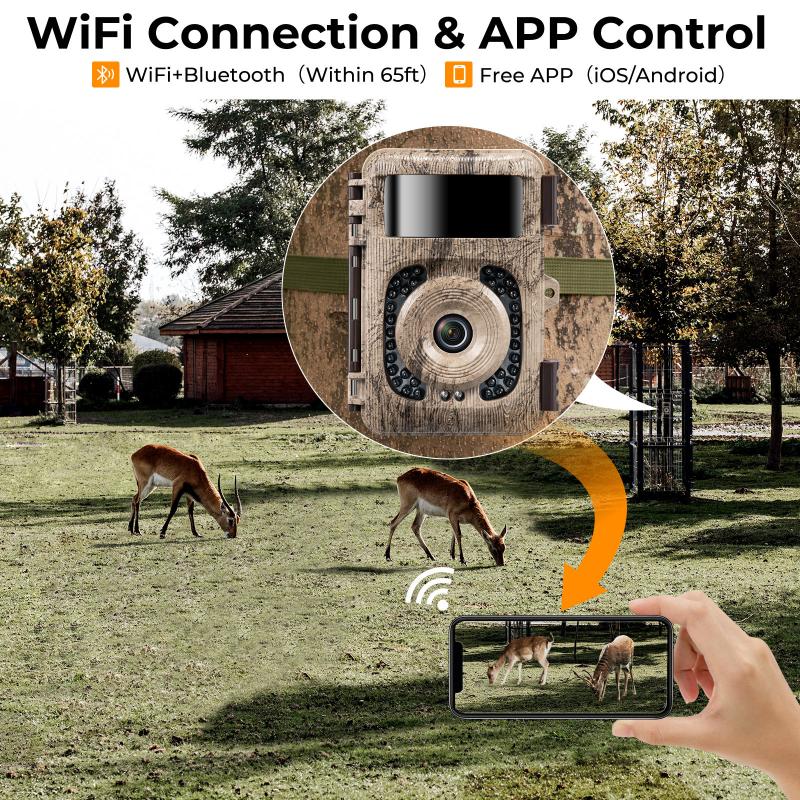
Maintenance:
1. Regularly clean the lens and sensor: Shot lag trail cameras are often used in outdoor environments where dust, dirt, and debris can accumulate on the lens and sensor. Regularly cleaning the lens and sensor with a soft cloth or brush can help maintain image quality and prevent damage.
2. Check battery life: Shot lag trail cameras rely on batteries to function, so it's important to regularly check the battery life and replace them as needed. Low battery life can cause the camera to malfunction or stop working altogether.
3. Test the camera regularly: To ensure that the camera is functioning properly, it's important to test it regularly. This can include taking test shots, checking the settings, and making sure that the camera is properly mounted.
4. Service the camera annually: Shot lag trail cameras are often exposed to harsh outdoor environments, which can cause wear and tear over time. To prevent damage and ensure that the camera is functioning properly, it's recommended to service the camera annually. This can include cleaning, lubricating moving parts, and replacing any worn or damaged components.

Product features:
1. Fast Shot Lag: The camera should have a fast shot lag time to capture images quickly and accurately. This feature is especially important for trail cameras, as they need to capture images of fast-moving animals without any delay. A fast shot lag time ensures that the camera captures the image at the right moment, without any delay.
2. High-Quality Image Sensor: The camera should have a high-quality image sensor to capture clear and detailed images. A high-quality image sensor ensures that the camera captures images with accurate colors, sharpness, and contrast. This feature is especially important for trail cameras, as they need to capture images in low-light conditions.
3. Night Vision: The camera should have night vision capabilities to capture images in low-light conditions. This feature is especially important for trail cameras, as animals are more active at night. A camera with night vision capabilities ensures that the camera captures clear images even in complete darkness.
4. Weatherproof Design: The camera should have a weatherproof design to withstand harsh weather conditions. A weatherproof design ensures that the camera remains functional even in extreme temperatures, rain, and snow. This feature is especially important for trail cameras, as they are often placed in remote locations.
5. Wireless Connectivity: The camera should have wireless connectivity to transfer images to a smartphone or computer. This feature allows users to view images remotely and make adjustments to the camera settings. Wireless connectivity also allows users to receive alerts when the camera detects motion.
6. Long Battery Life: The camera should have a long battery life to ensure that it remains functional for an extended period. A long battery life ensures that the camera captures images continuously without any interruption. This feature is especially important for trail cameras, as they are often placed in remote locations where access to power is limited.

Common problems:
1. Shot lag: This error occurs when there is a delay between pressing the shutter button and the camera actually taking the photo. To solve this issue, users can try reducing the camera's settings to a lower resolution or turning off any unnecessary features that may be causing the delay. Additionally, users can try using a faster memory card to improve the camera's processing speed.
2. Trail camera: Trail cameras are designed to capture photos and videos of wildlife, but they can sometimes fail to capture the intended subject due to poor placement or incorrect settings. To solve this issue, users should ensure that the camera is placed in an area with high wildlife activity and that it is positioned at the correct height and angle. Users should also check the camera's settings to ensure that it is set to the appropriate mode for the intended use.
3. Blurry photos: Blurry photos can occur when the camera's autofocus is not working properly or when the user is not holding the camera steady. To solve this issue, users can try manually adjusting the focus or using a tripod to stabilize the camera. Additionally, users should ensure that the camera's lens is clean and free of any smudges or debris.
4. Battery life: Camera batteries can drain quickly, especially when using features such as flash or video recording. To solve this issue, users should carry spare batteries or a portable charger to ensure that they can continue using the camera for extended periods of time. Additionally, users can try turning off any unnecessary features or reducing the camera's settings to conserve battery life.

Related accessories:
1. Wireless Remote Control: A wireless remote control is an essential accessory for a shot lag trail camera. It allows you to control the camera from a distance, eliminating the need to physically touch the camera and potentially scare off wildlife. With a wireless remote control, you can adjust the camera's settings, take photos or videos, and even turn the camera on and off.
2. Solar Panel: A solar panel is a great accessory for a shot lag trail camera, especially if you plan on leaving the camera in the field for an extended period. The solar panel will keep the camera's battery charged, ensuring that it is always ready to capture photos or videos.
3. Security Box: A security box is a must-have accessory for a shot lag trail camera. It will protect the camera from theft, vandalism, and damage caused by wildlife. A security box is typically made of heavy-duty steel and can be locked with a padlock.
4. SD Card Reader: An SD card reader is a convenient accessory for a shot lag trail camera. It allows you to quickly and easily transfer photos and videos from the camera's SD card to your computer or other device.
5. Tree Mount: A tree mount is a simple but effective accessory for a shot lag trail camera. It allows you to securely attach the camera to a tree or other object, ensuring that it stays in place and captures the shots you want.
6. Camouflage Cover: A camouflage cover is a great accessory for a shot lag trail camera, especially if you want to conceal the camera from wildlife or potential thieves. The cover will help the camera blend in with its surroundings, making it less noticeable and more difficult to spot.

Product parameters:
Live function : APP real-time preview
Infrared filter unit : Fully automatic
Product approvals : CE, FCC, ROHS
LCD display : 2.0" IPS 320×240(RGB) DOT
Moon image watermarking : Support
Motion Sensing Delay : 3 seconds-10 minutes (default 30 seconds)
Attachment methods : Strap + tree nail bracket
Link method : Bluetooth switch camera WIFI
Exposure control : Automatic
Area of use : unlimited
- All Reviews
- Image




